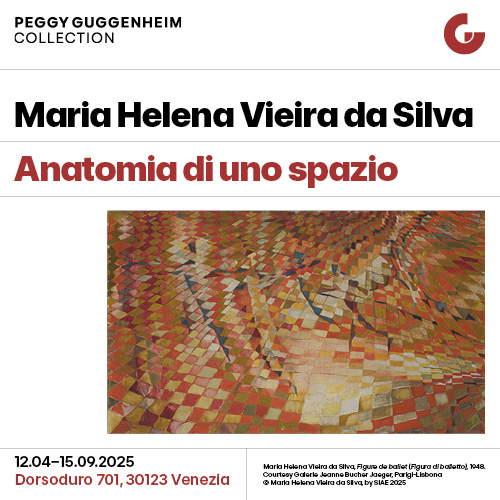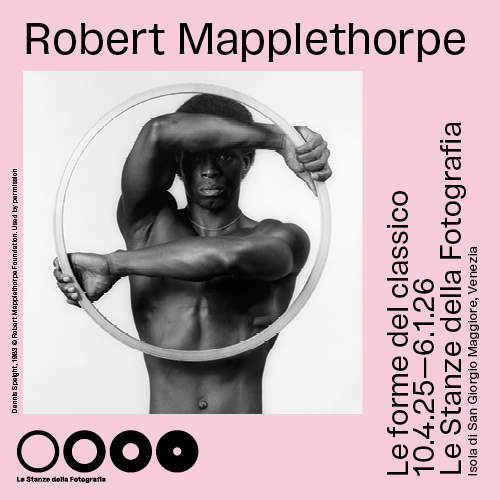Dorothea Lange: an exhibition in Milan that tells the story of America amid poverty, discrimination and war
From May 13 to October 19, 2025, the Museo Diocesano Carlo Maria Martini in Milan will host an exhibition dedicated to Dorothea Lange (Hoboken, 1895 - San Francisco, 1965) , an American photographer whose work marked the history of social photography and helped give voice to those who lived in the most difficult conditions. 135 years after her birth, the exhibition, curated by Walter Guadagnini and Monica Poggi in collaboration with CAMERA - Centro Italiano per la Fotografia in Turin, features more than a hundred shots that recount the most dramatic and transformative moments of American society in the 20th century. Dorothea Lange was born in 1895 in Hoboken, New Jersey, but it was in San Francisco that she began her photographic career. After studying under Clarence H. White at Columbia University, Lange opened her own portrait studio in 1919. However, the turbulent events of the 1930s, including the Wall Street Crash and the Great Depression, prompted her to abandon classical portraiture and focus on photography that documented social and economic hardship.
Her career took a decisive turn in 1935 when, together with economist Paul S. Taylor, she embarked on a trip to the heartland of the United States to document the living conditions of farm workers. His presence among farmers in areas affected by drought and sandstorms, a phenomenon known as the Dust Bowl, became crucial in chronicling the desperation of millions of Americans. His shots, like those of impoverished and displaced families, tell the dramatic reality of poverty with empathy and accuracy.
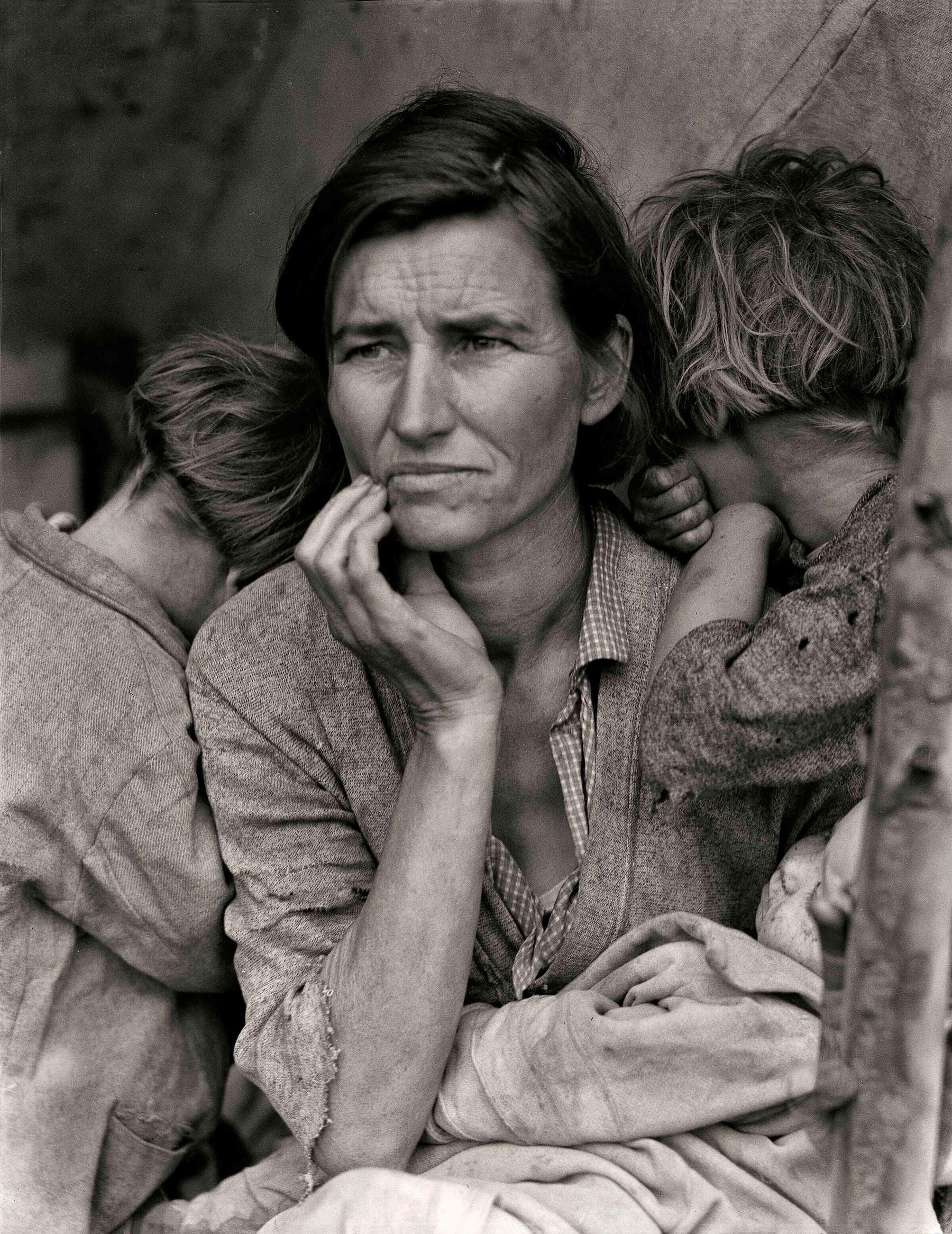
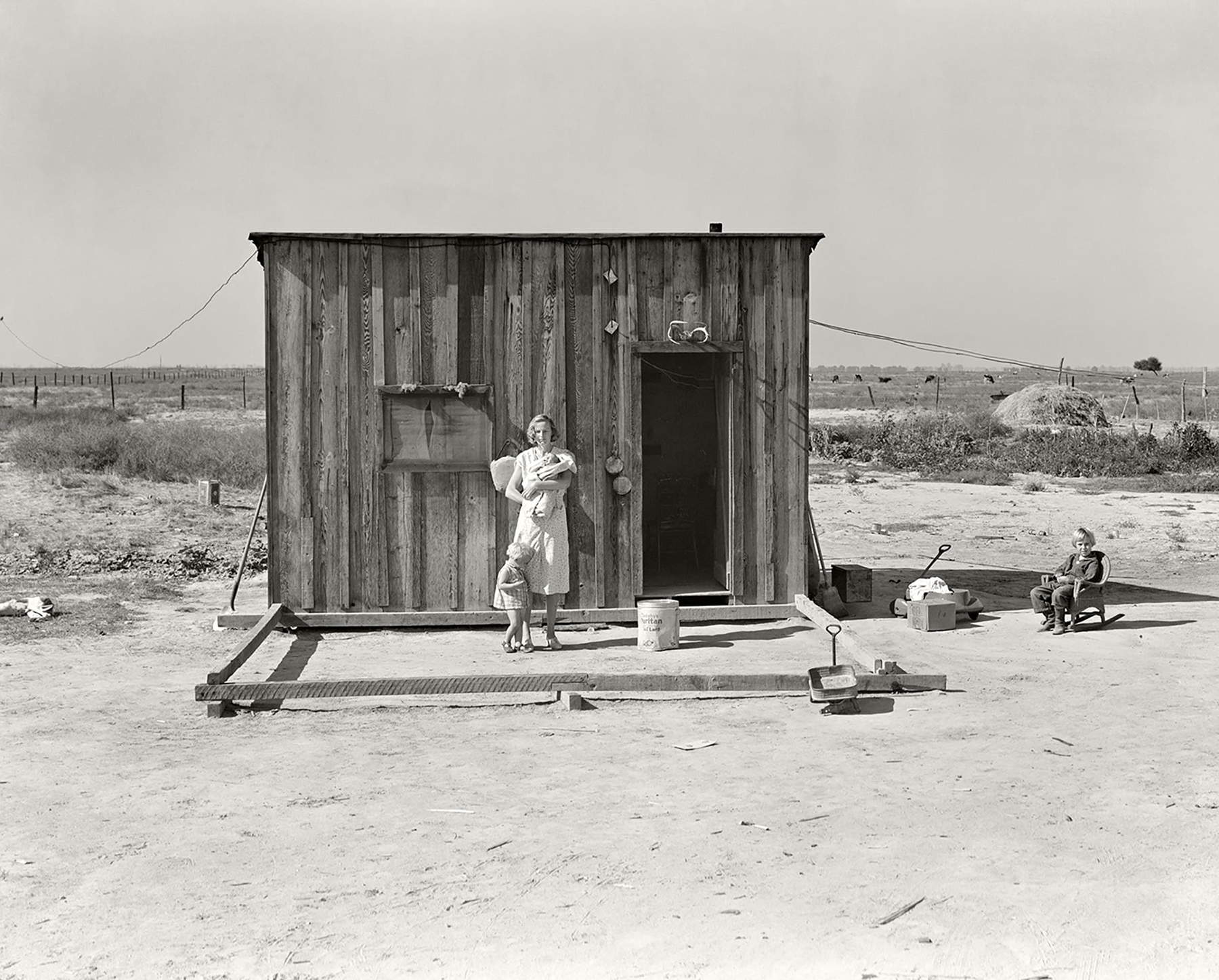
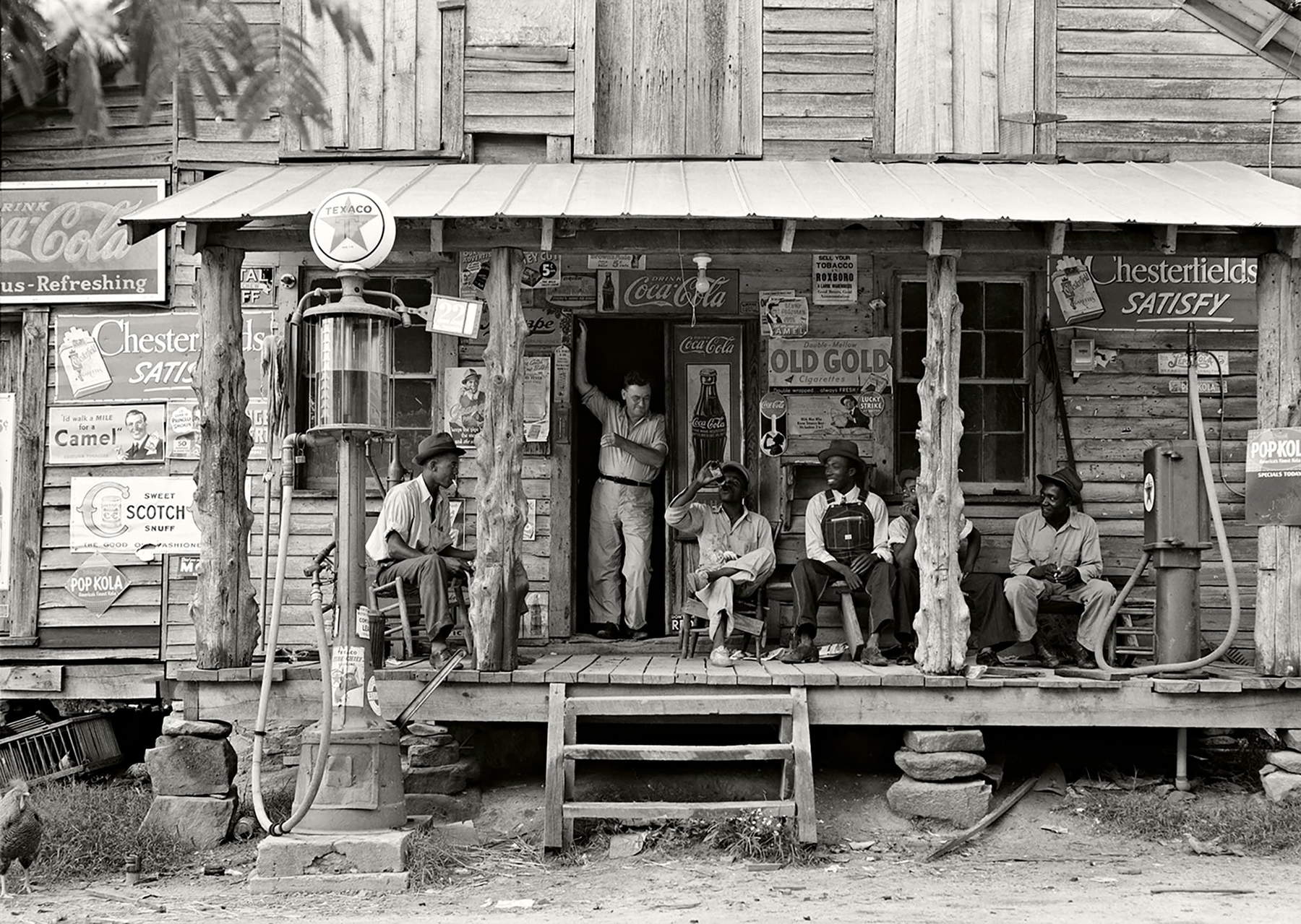
The Farm Security Administration: the project that changed social photography
In 1935 Lange joined the Farm Security Administration (FSA), a government program created to promote New Deal policies. This allowed her to travel the country and capture the most extreme realities of rural poverty. The FSA commissions Lange with numerous works, including the one that will make her world famous: Migrant Mother, a portrait of a desperate mother with her seven children, a symbol of the suffering and hope of millions of people affected by the crisis. The image became one of the most iconic photographs in the history of photography and a symbol of the Great Depression.
In those same lands, among the pea plantations of California and the cotton plantations in the Southern states, Lange also documented racism and racial segregation, highlighting the inhumane conditions in which black workers were exploited. Her ability to document life stories, often painful, without ever falling into pietism, but with a deep respect for the people portrayed, makes Lange one of the most influential photographers of the century.
World War II and the internment of Japanese-Americans
Another key chapter in Dorothea Lange’s career concerns the years of World War II. In 1941, after the Japanese attack on Pearl Harbor, the U.S. government decided to intern thousands of American citizens of Japanese descent, accused of being a threat to national security, in prison camps. Lange, despite her political reservations about internment, is commissioned by the government to document the living conditions of these people. The photographs she takes in prison camps are emblematic of the cruelty and injustice suffered by Japanese-Americans. The image of an elderly woman, looking sadly through the bars of a window, becomes a symbol of the suffering caused by racial laws and the loss of civil liberties. Lange’s vision of capturing the human and universal aspect of her photographs allows her to denounce the absurdity of a policy that ruined the lives of hundreds of people who were forced to live in inhumane conditions.
Throughout her career, Lange has also sought to give visual form to emotions and experiences that tell of the contradictions of the modern world. His ability to connect with people and portray them without filters, with an intensity that reveals their deepest humanity, has made his photography a powerful testimony to the social and political dramas of his time. Lange had a lasting impact on social photography, not only because of his technical approach, but because of his ability to capture emotion in his images. His photographs are not just historical documents, but life stories that continue to speak to audiences today, provoking reflection on issues such as poverty, the climate crisis, migration and discrimination.
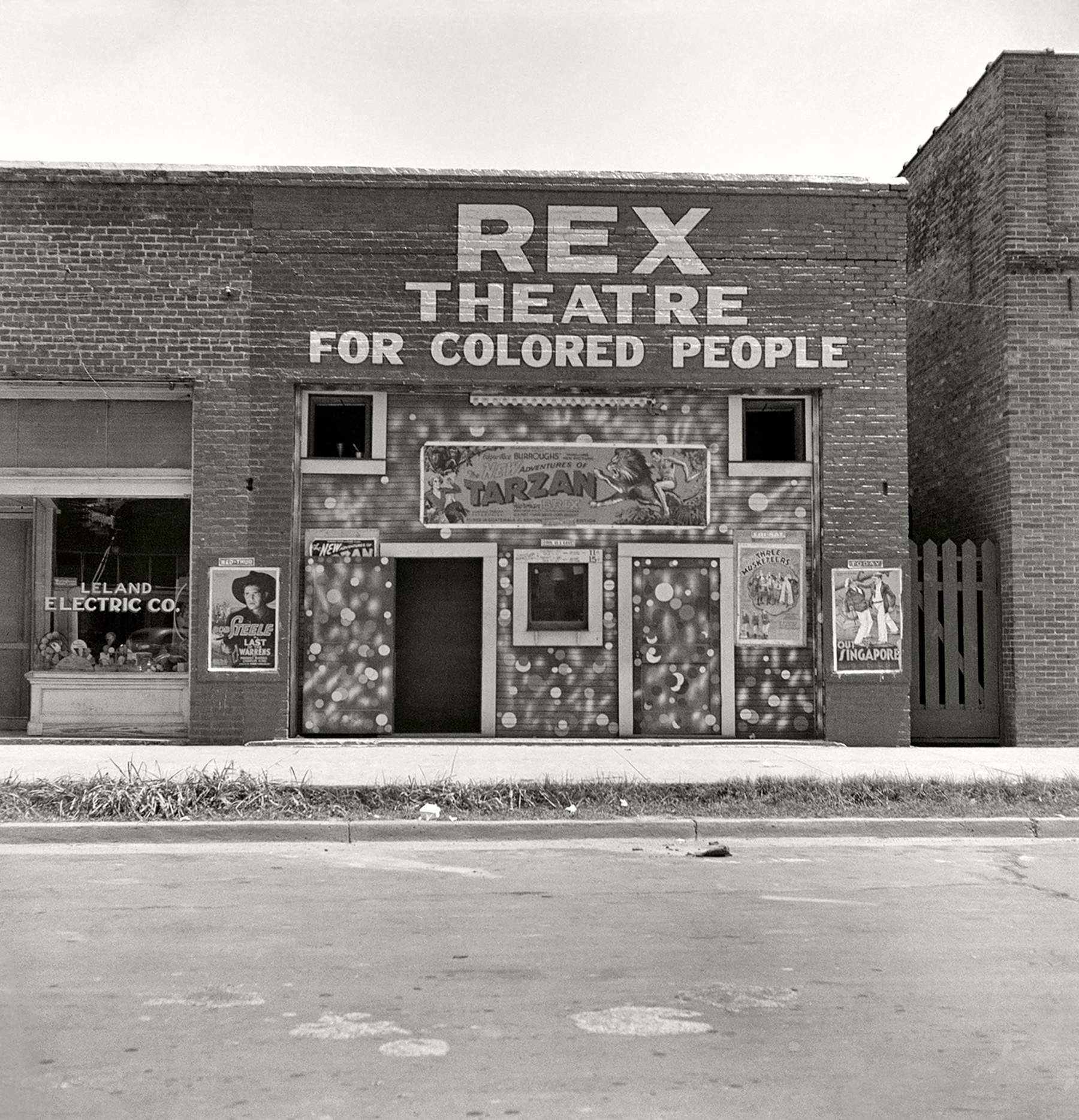
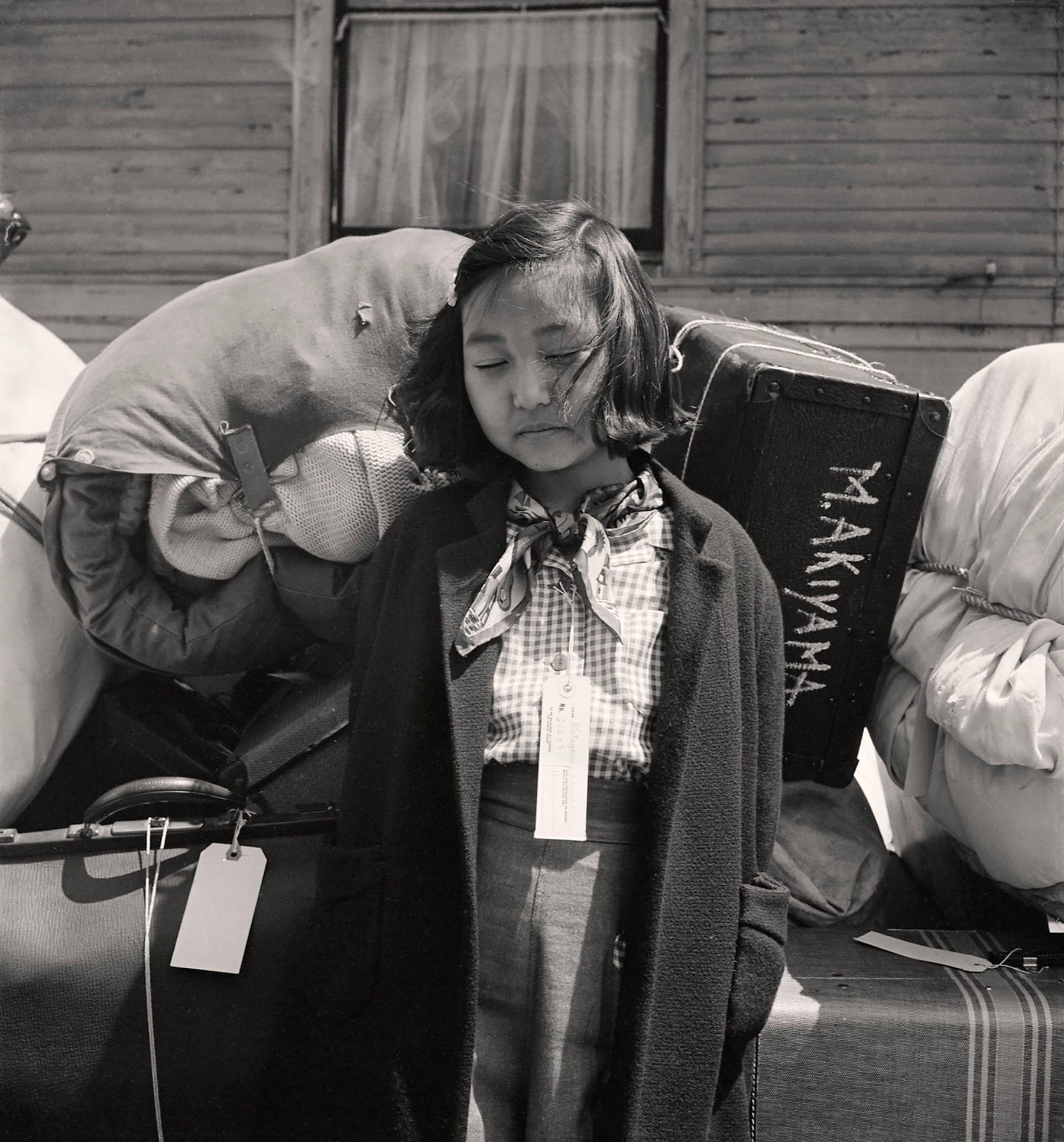
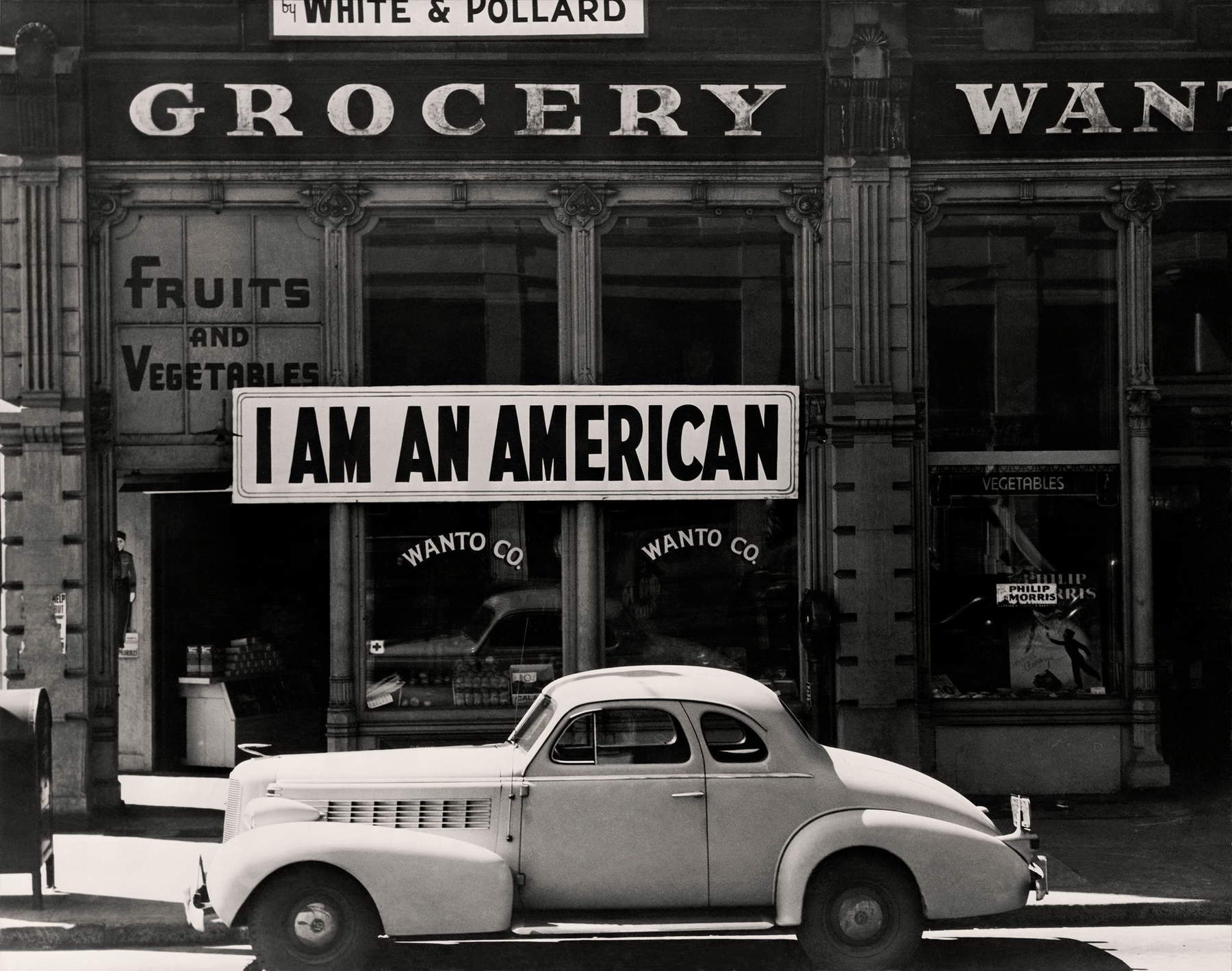
Notes on the artist
Dorothea Lange was born in 1895 and, after studying photography, initially devoted herself to portraiture, but soon became one of the most important figures in social photography. In 1935 she joined the Farm Security Administration, where she made some of her most famous images. In 1941 she received a Guggenheim Fellowship, a prestigious award that allowed her to further her work. In the following years, Lange continued her career, working for Life and teaching photography, until her death in 1965. Her last exhibition, which was to have opened at the Museum of Modern Art in New York, remained incomplete.
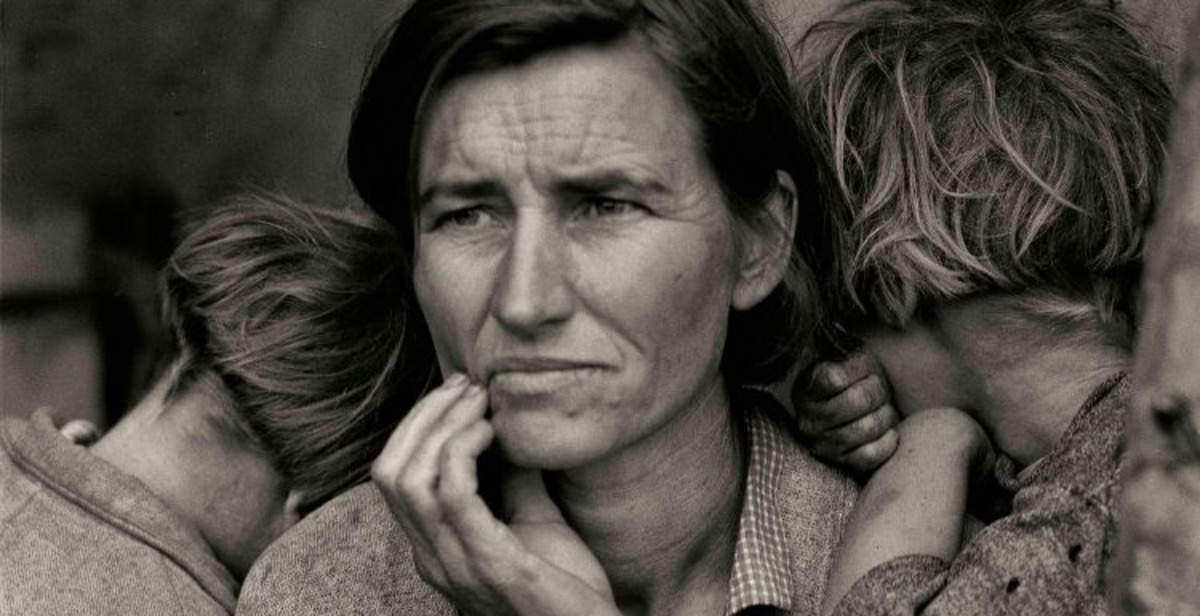 |
| Dorothea Lange: an exhibition in Milan that tells the story of America amid poverty, discrimination and war |
Warning: the translation into English of the original Italian article was created using automatic tools. We undertake to review all articles, but we do not guarantee the total absence of inaccuracies in the translation due to the program. You can find the original by clicking on the ITA button. If you find any mistake,please contact us.





